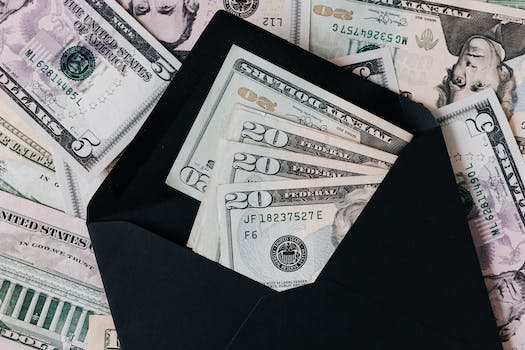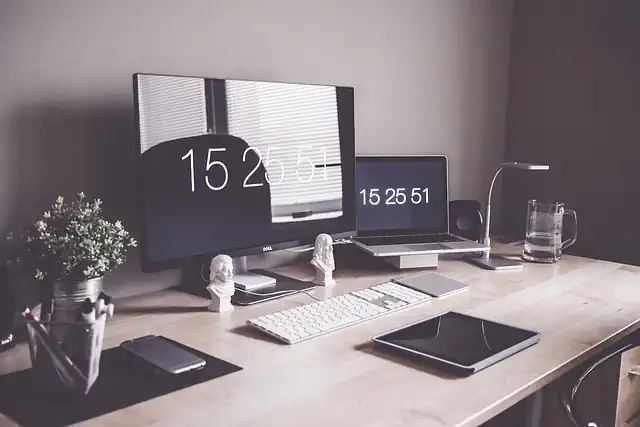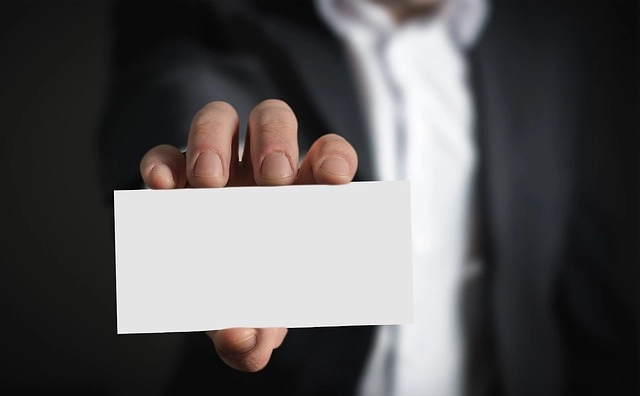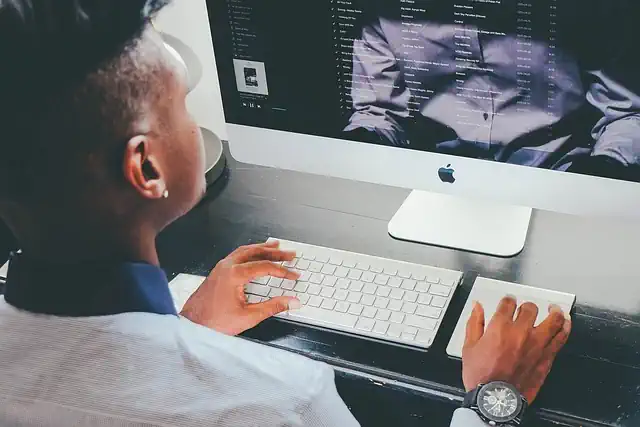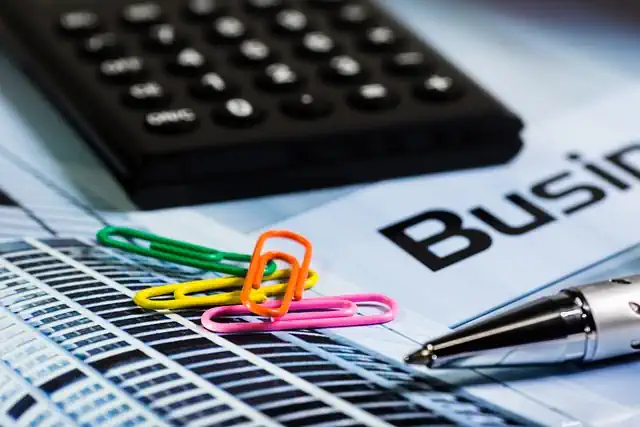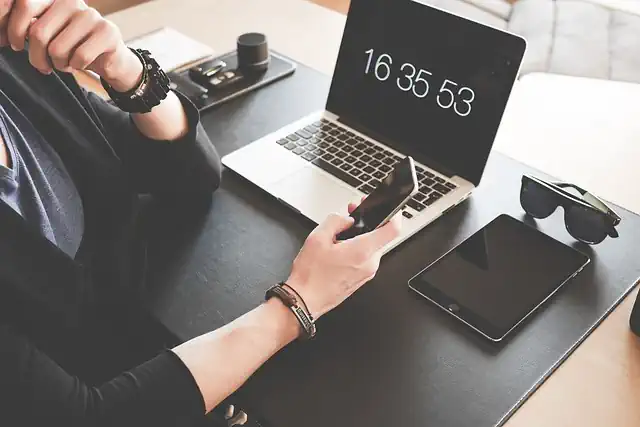How To Save Money On Water
“Simple tips to reduce your water bill and save money.”
Introduction
Saving money on water is an important aspect of managing household expenses. With the increasing cost of water bills, it is essential to adopt some simple practices that can help reduce water usage and save money. In this article, we will discuss some effective ways to save money on water bills.
Install Low-Flow Showerheads
Water is a precious resource that we all need to conserve. Not only is it essential for our daily needs, but it is also important for the environment. Saving water can also help you save money on your water bill. In this article, we will discuss how to save money on water by installing low-flow showerheads.
Low-flow showerheads are a great way to save water and money. They work by reducing the amount of water that comes out of the showerhead while still providing a comfortable shower experience. The average showerhead uses around 2.5 gallons of water per minute, while a low-flow showerhead uses around 1.5 gallons per minute. This means that you can save up to 40% on your water bill by installing a low-flow showerhead.
Installing a low-flow showerhead is easy and can be done in just a few minutes. You can purchase a low-flow showerhead at your local hardware store or online. They come in a variety of styles and prices, so you can choose one that fits your budget and preferences.
To install a low-flow showerhead, you will need to remove the old showerhead first. This can be done by using a wrench or pliers to unscrew it from the shower arm. Once the old showerhead is removed, you can screw the new low-flow showerhead onto the shower arm. Be sure to use Teflon tape to ensure a tight seal.
Low-flow showerheads not only save water and money, but they also have other benefits. They can help reduce the amount of energy needed to heat the water, which can save you money on your energy bill. They also reduce the amount of water that goes down the drain, which can help prevent clogs and reduce the need for plumbing repairs.
In addition to installing a low-flow showerhead, there are other ways to save water in the shower. One way is to take shorter showers. The longer you stay in the shower, the more water you use. Try to limit your showers to 5-10 minutes. You can also turn off the water while you are lathering up or shaving to save even more water.
Another way to save water in the shower is to use a shower timer. This is a device that can be attached to your showerhead and will alert you when it is time to finish your shower. This can help you stay on track and avoid wasting water.
In conclusion, installing a low-flow showerhead is a great way to save water and money. They are easy to install and can provide a comfortable shower experience while using less water. In addition to installing a low-flow showerhead, you can also take shorter showers and use a shower timer to save even more water. By making these simple changes, you can help conserve water and save money on your water bill.
Fix Leaks Promptly
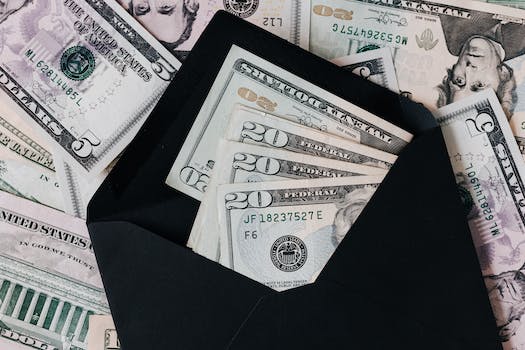
Water is a precious resource that we all need to survive. However, it’s also a resource that can be expensive if we don’t use it wisely. One way to save money on water is to fix leaks promptly. Leaks can waste a lot of water and money if left unchecked. In this article, we’ll discuss how to identify leaks and how to fix them.
The first step in fixing leaks is to identify them. Leaks can occur in many places, such as faucets, toilets, and pipes. One way to identify leaks is to check your water meter. Turn off all the water in your home and check the meter. If the meter is still running, you have a leak somewhere. Another way to identify leaks is to check your water bill. If your bill is higher than usual, you may have a leak.
Once you’ve identified a leak, it’s important to fix it promptly. The longer you wait, the more water and money you’ll waste. Fixing leaks can be easy or difficult, depending on the location and severity of the leak. Here are some tips for fixing common leaks:
Faucet leaks: Faucet leaks are usually caused by worn-out washers or O-rings. To fix a faucet leak, turn off the water supply to the faucet and remove the handle. Replace the washer or O-ring and reassemble the faucet.
Toilet leaks: Toilet leaks are usually caused by a faulty flapper or fill valve. To fix a toilet leak, turn off the water supply to the toilet and remove the tank lid. Check the flapper for damage or wear and replace it if necessary. If the flapper is fine, check the fill valve for leaks or damage and replace it if necessary.
Pipe leaks: Pipe leaks can be difficult to fix and may require the help of a professional plumber. If you have a pipe leak, turn off the water supply to your home and call a plumber.
In addition to fixing leaks, there are other ways to save money on water. Here are some tips:
Install low-flow fixtures: Low-flow fixtures, such as showerheads and faucets, can reduce water usage by up to 50%. They’re easy to install and can save you a lot of money on your water bill.
Take shorter showers: Showers can use a lot of water, especially if you take long showers. Try to limit your showers to 5-10 minutes to save water and money.
Collect rainwater: If you have a garden or lawn, collect rainwater in a barrel and use it to water your plants. This can save you money on your water bill and help conserve water.
In conclusion, fixing leaks promptly is an important step in saving money on water. Leaks can waste a lot of water and money if left unchecked. By identifying and fixing leaks, you can save money on your water bill and help conserve water. In addition to fixing leaks, there are other ways to save money on water, such as installing low-flow fixtures, taking shorter showers, and collecting rainwater. By using these tips, you can save money and help protect our precious water resources.
Use a Rain Barrel for Outdoor Watering
Water is a precious resource that we all need to survive. However, it’s also a resource that can be expensive, especially if you live in an area where water is scarce. Fortunately, there are many ways to save money on water, and one of the easiest and most effective ways is to use a rain barrel for outdoor watering.
A rain barrel is a container that collects rainwater from your roof. It’s a simple and effective way to conserve water and reduce your water bill. Here are some tips on how to use a rain barrel for outdoor watering.
First, choose the right location for your rain barrel. It should be placed under a downspout or gutter where rainwater can easily flow into it. Make sure the location is level and stable, and that it’s not too far from the area where you’ll be using the water.
Next, choose the right size of rain barrel. The size you choose will depend on how much water you need and how much space you have. A typical rain barrel can hold between 50 and 100 gallons of water, which is enough for most outdoor watering needs.
Once you’ve chosen the right location and size for your rain barrel, it’s time to set it up. You’ll need to connect a hose to the spigot at the bottom of the barrel, and then attach the other end of the hose to your watering can or garden hose. You may also want to install a filter to remove debris and prevent clogs.
Now that your rain barrel is set up, it’s time to start using it. You can use the water for a variety of outdoor watering needs, such as watering your lawn, garden, or potted plants. You can also use it to wash your car or outdoor furniture.
One of the best things about using a rain barrel for outdoor watering is that it’s free. You’re using rainwater that would otherwise go to waste, and you’re not paying for it. This can save you a significant amount of money on your water bill, especially if you live in an area where water is expensive.
Another benefit of using a rain barrel is that it’s environmentally friendly. By using rainwater instead of tap water, you’re reducing your carbon footprint and conserving a valuable resource. This is especially important in areas where water is scarce or where there are water restrictions in place.
In addition to using a rain barrel, there are other ways to save money on water. For example, you can install low-flow showerheads and faucets, fix leaks promptly, and only run your dishwasher and washing machine when they’re full. These small changes can add up to significant savings over time.
In conclusion, using a rain barrel for outdoor watering is a simple and effective way to save money on water. It’s also environmentally friendly and can help conserve a valuable resource. By following these tips, you can set up a rain barrel and start enjoying the benefits of free, natural water for all your outdoor watering needs.
Turn Off the Tap When Brushing Teeth
Water is a precious resource that we all need to conserve. Not only is it essential for our daily needs, but it is also important for the environment. Saving water can also help you save money on your water bill. In this article, we will discuss some simple ways to save money on water.
One of the easiest ways to save water is to turn off the tap when brushing your teeth. This may seem like a small thing, but it can make a big difference. According to the Environmental Protection Agency (EPA), the average person can save up to 8 gallons of water per day by turning off the tap while brushing their teeth.
To put that into perspective, if you have a family of four, you could save up to 32 gallons of water per day just by turning off the tap while brushing your teeth. That’s over 11,000 gallons of water per year! Not only will you be saving water, but you’ll also be saving money on your water bill.
Another way to save water is to fix any leaks in your home. A leaky faucet can waste up to 3,000 gallons of water per year. That’s a lot of water and money down the drain. Fixing leaks is a simple and inexpensive way to save water and money.
You can also save water by taking shorter showers. Showers can use a lot of water, especially if you take long showers. The EPA recommends taking a shower for no more than 5 minutes to save water. You can also install a low-flow showerhead to reduce the amount of water you use.
If you have a garden or lawn, you can save water by watering your plants in the early morning or late evening. This is when the temperature is cooler, and the water is less likely to evaporate. You can also use a drip irrigation system to water your plants. This will help you save water and money on your water bill.
Another way to save water is to only run your dishwasher and washing machine when they are full. Running these appliances when they are only partially full wastes water and energy. You can also use the eco-friendly setting on your dishwasher and washing machine to save even more water and energy.
Finally, you can save water by using a rain barrel to collect rainwater. This is a great way to water your plants and lawn without using any tap water. You can also use rainwater to wash your car or clean your outdoor furniture.
In conclusion, there are many simple ways to save water and money. Turning off the tap when brushing your teeth, fixing leaks, taking shorter showers, watering your plants in the early morning or late evening, only running your dishwasher and washing machine when they are full, and using a rain barrel are all great ways to save water and money. By making these small changes, you can make a big difference in the amount of water you use and the amount of money you spend on your water bill.
Upgrade to Water-Efficient Appliances and Fixtures
Water is a precious resource that we all need to conserve. Not only is it essential for our daily needs, but it is also important for the environment. Saving water can also help you save money on your utility bills. One way to do this is by upgrading to water-efficient appliances and fixtures.
Water-efficient appliances and fixtures are designed to use less water than traditional ones. They are also more energy-efficient, which means they can help you save money on your energy bills as well. Here are some tips on how to upgrade to water-efficient appliances and fixtures.
1. Replace your old toilet with a low-flow toilet
Toilets are one of the biggest water users in the home. Older toilets can use up to 7 gallons of water per flush, while newer low-flow toilets use only 1.6 gallons per flush. By replacing your old toilet with a low-flow toilet, you can save up to 16,500 gallons of water per year.
2. Install a water-efficient showerhead
Showering is another activity that uses a lot of water. Traditional showerheads can use up to 5 gallons of water per minute, while water-efficient showerheads use only 1.5 gallons per minute. By installing a water-efficient showerhead, you can save up to 2,700 gallons of water per year.
3. Upgrade to a water-efficient washing machine
Washing machines are another major water user in the home. Traditional top-loading washing machines can use up to 40 gallons of water per load, while water-efficient front-loading washing machines use only 15 gallons per load. By upgrading to a water-efficient washing machine, you can save up to 5,000 gallons of water per year.
4. Install a faucet aerator
Faucet aerators are small devices that attach to the end of your faucet. They mix air with the water, which reduces the amount of water that comes out of the faucet. By installing a faucet aerator, you can save up to 1,000 gallons of water per year.
5. Fix leaks
Leaky faucets and pipes can waste a lot of water. A faucet that drips once per second can waste up to 3,000 gallons of water per year. Fixing leaks is an easy way to save water and money on your utility bills.
Upgrading to water-efficient appliances and fixtures is a great way to save water and money. Not only will you be doing your part to conserve water, but you will also be reducing your utility bills. When shopping for water-efficient appliances and fixtures, look for products that have the WaterSense label. This label indicates that the product meets water efficiency and performance standards set by the Environmental Protection Agency (EPA).
In addition to upgrading to water-efficient appliances and fixtures, there are other ways to save water in your home. You can take shorter showers, turn off the faucet while brushing your teeth, and only run the dishwasher and washing machine when they are full. By making small changes to your daily routine, you can make a big difference in your water usage.
In conclusion, upgrading to water-efficient appliances and fixtures is a great way to save water and money. By replacing your old toilet with a low-flow toilet, installing a water-efficient showerhead, upgrading to a water-efficient washing machine, installing a faucet aerator, and fixing leaks, you can save thousands of gallons of water per year. Remember to look for products with the WaterSense label when shopping for water-efficient appliances and fixtures. By doing your part to conserve water, you can help protect the environment and save money on your utility bills.
Conclusion
Conclusion: There are many ways to save money on water, such as fixing leaks, using low-flow fixtures, and being mindful of water usage. By implementing these strategies, individuals can not only save money on their water bills but also contribute to the conservation of this precious resource.

